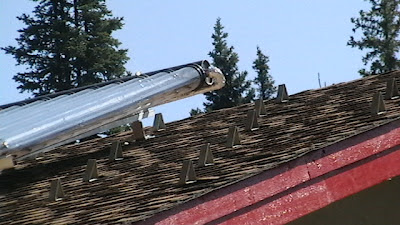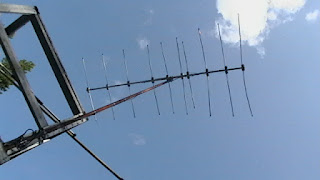Center for Interactive Research on Sustainability at University of British Columbia in Vancouver and Ascent Systems Technologies has agreed in principle on the concept of mutual cooperation. CIRS will provide their energy consumption and production data for testing ASPA against it. Ascent Systems will provide results to CIRS for analysis and further system optimization consideration.
ASPA is designed utilizing principles of Systems Architecture. The first build of the ASPA software has been transferred to a relational database, providing ease of access, flexibility and scalability.


















































